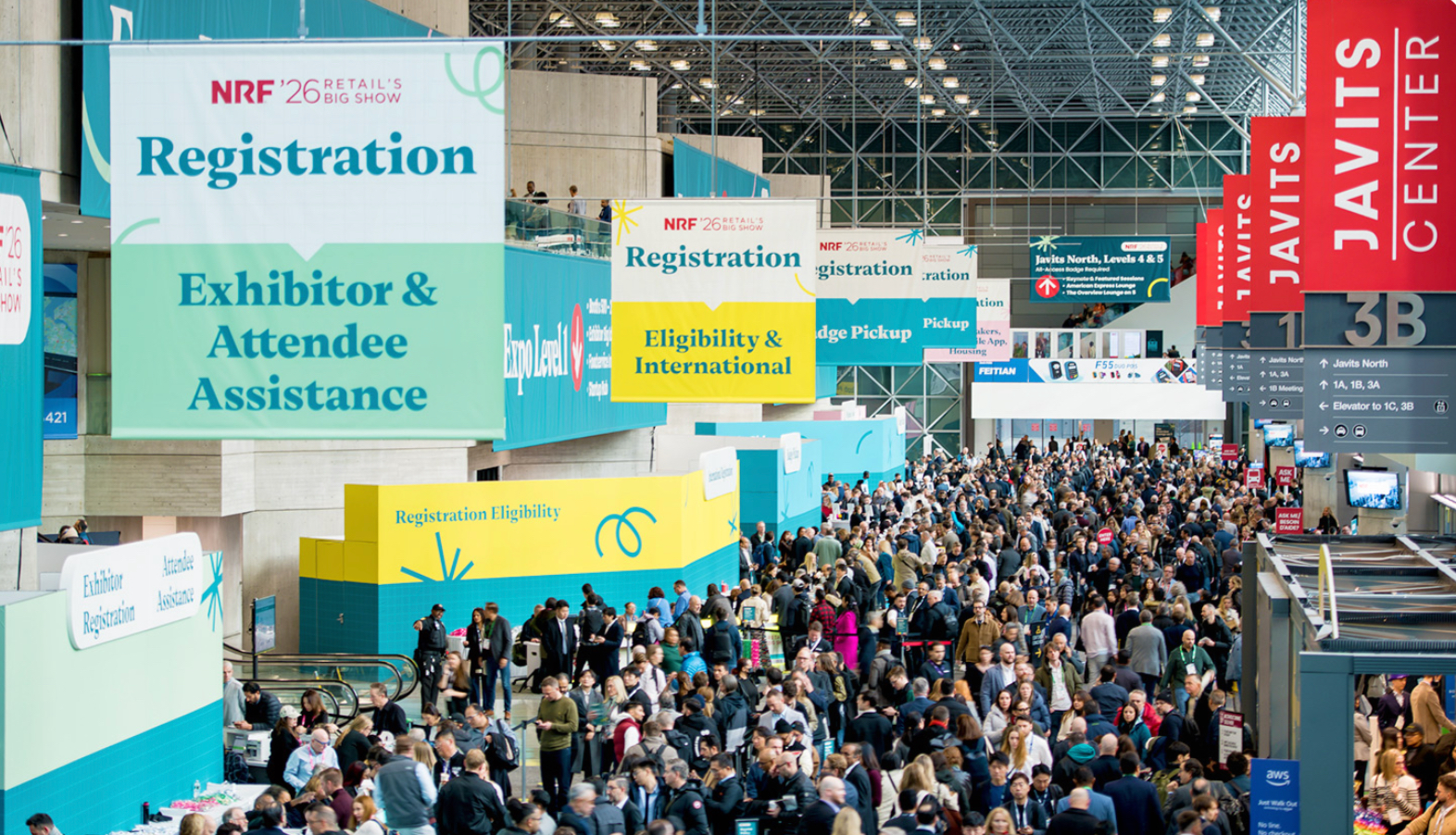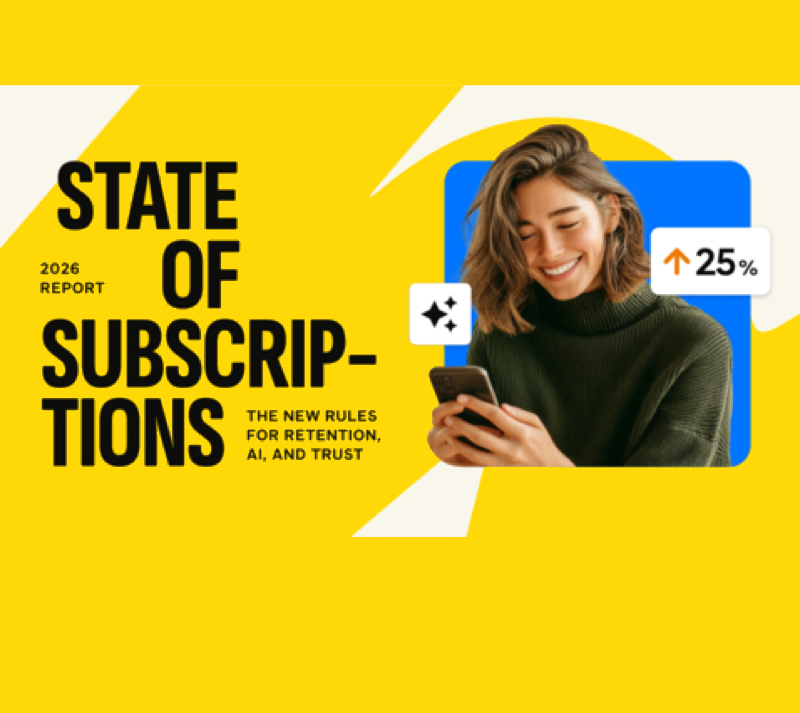When Subscription Publications Go Free: A Post-Hoc Analysis of ‘Huffington’ and Time Out London
Lorem ipsum dolor sit amet, consectetur adipiscing elit. Ut elit tellus, luctus nec ullamcorper mattis, pulvinar dapibus leo.
Some publishers were disheartened this week when The Huffington Post announced that it’s paid iPad “app-azine” Huffington would now be free. This, despite the fact that the app had been downloaded 115,000 times in just five weeks (i.e., five issues). There was no word from HuffPo on how much money they garnered from subscriptions, but there was a free month with the first download, so probably not much at all.The company is saying their decision to go free is because charging is “inconsistent with the Huffington Post itself,” a company spokesman told Capital New York.There’s probably some truth to that, but the more insidious reason is that the Huffington Post is known more for its aggregated content than any of its original journalism. They’ve primed their audience to expect free candy, and it’s hard to then have audiences take your seriously and pony up money. There’s also been some criticism of the content they included in the app-azine,In short, publishers should not look to Huffington as any sort of test case for consumer’s willingness to buy tablet subscriptions. In fact, the Online Publishers Associationhas some heartening statistics about how tablet users are increasingly receptive to buy content that’s conveniently available on tablet devices.
What is more disturbing, however, is Time Out London’s decision to go free both in print and digitally. The magazine expects that going free will increase their circulation six-fold from 50,000 to 300,000, and for ad-driven print publications, that may be a good idea, especially since Time Out London mainly contains entertainment listings available for free in other print publications.However, the publication should be charging for the convenience of digital access (and quick search capabilities) through its mobile apps. The Guardian does this, and given this is the area of greatest growth in the industry, Time Out London is setting itself up for more financial hardship by not charging from the start. [The Telegraph reported that Time Out London’s revenue ending December 31, 2011 was £28m with an EBITDA (earnings before interest, tax, depreciation and amortisation) loss of £1.9m.]The moral of the story? Huffington probably abandoned their subscription model too soon, but also needs to work on their brand and image if they ever expect consumers to pay for content. And Time Out London is smart to increase its ad revenue through its print publication, but should institute subscription pricing for the convenience of its digital apps.
- Filed in FInance, News, Subscription Apps




